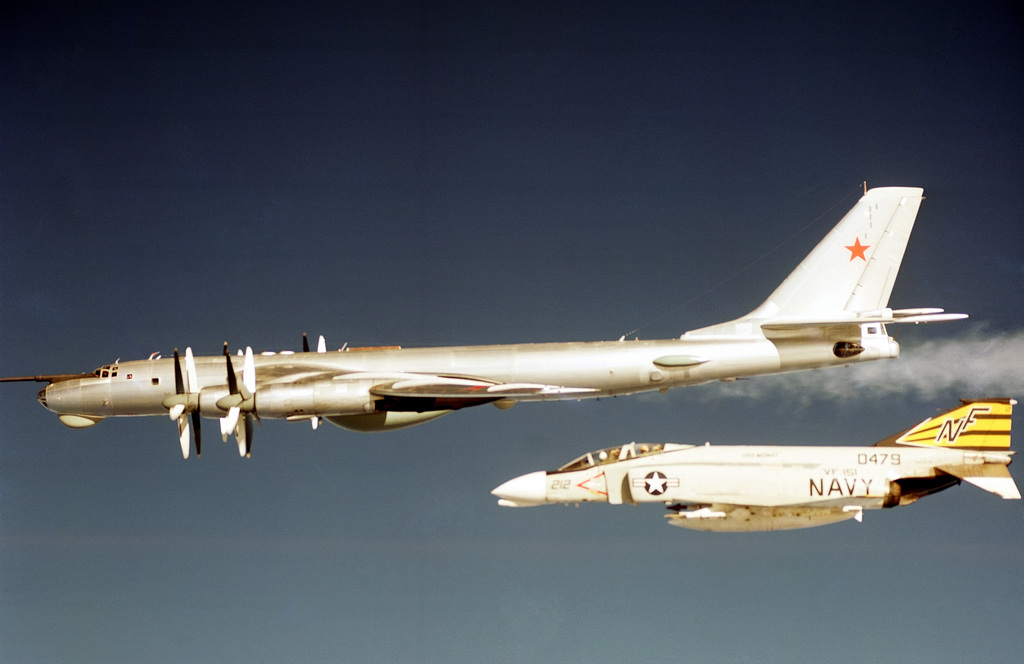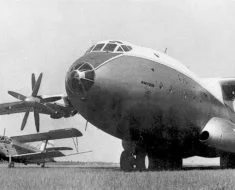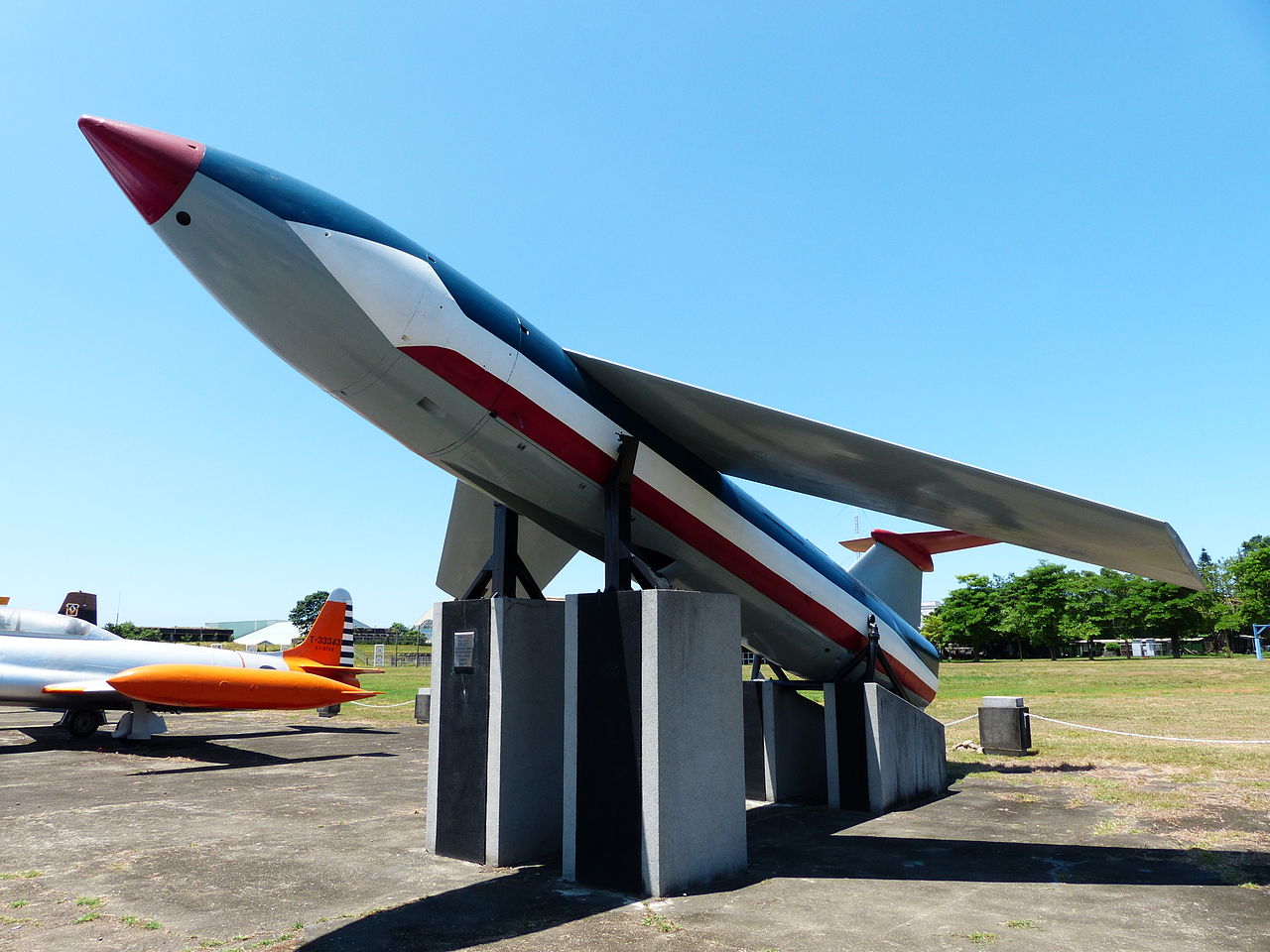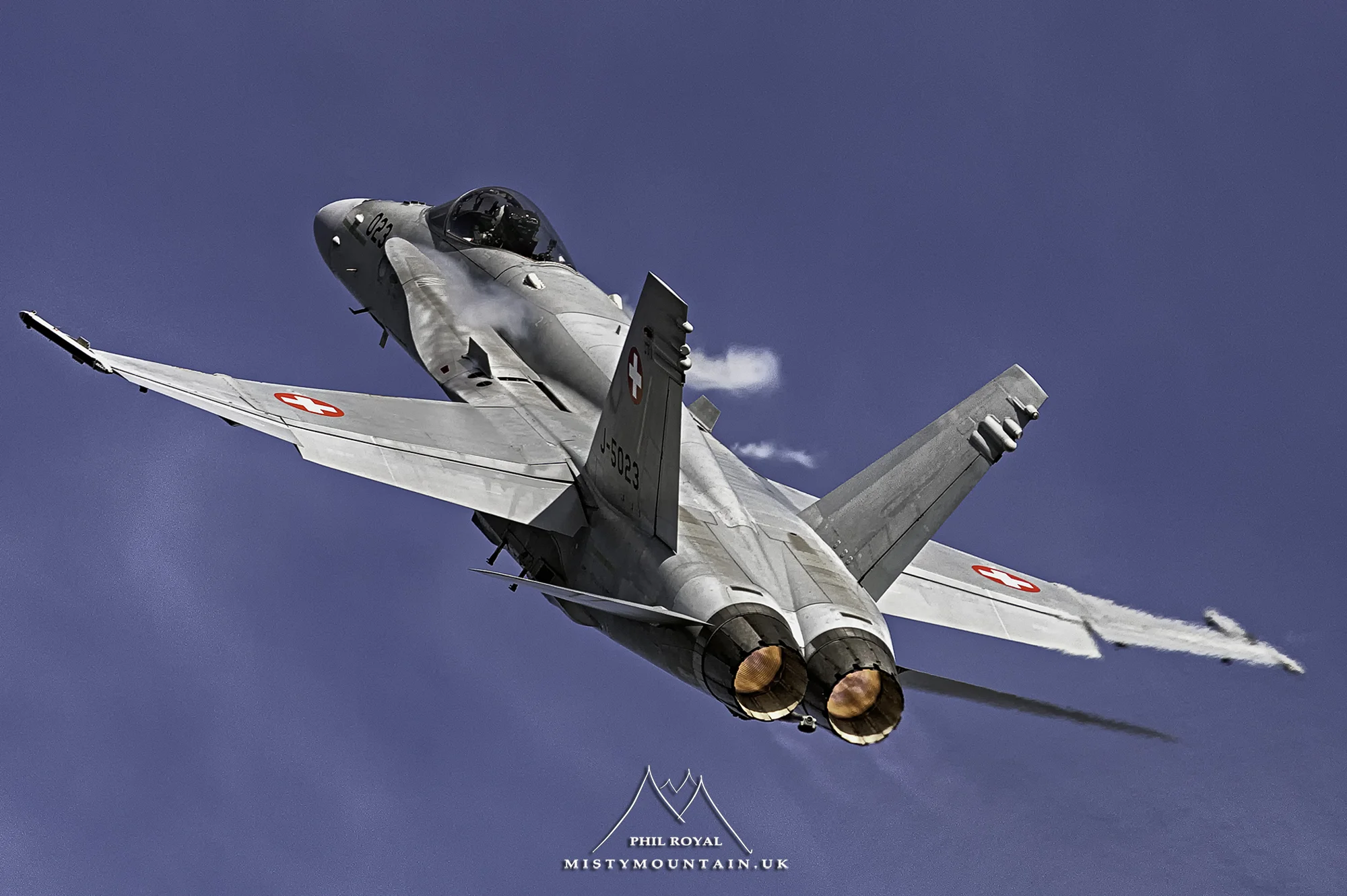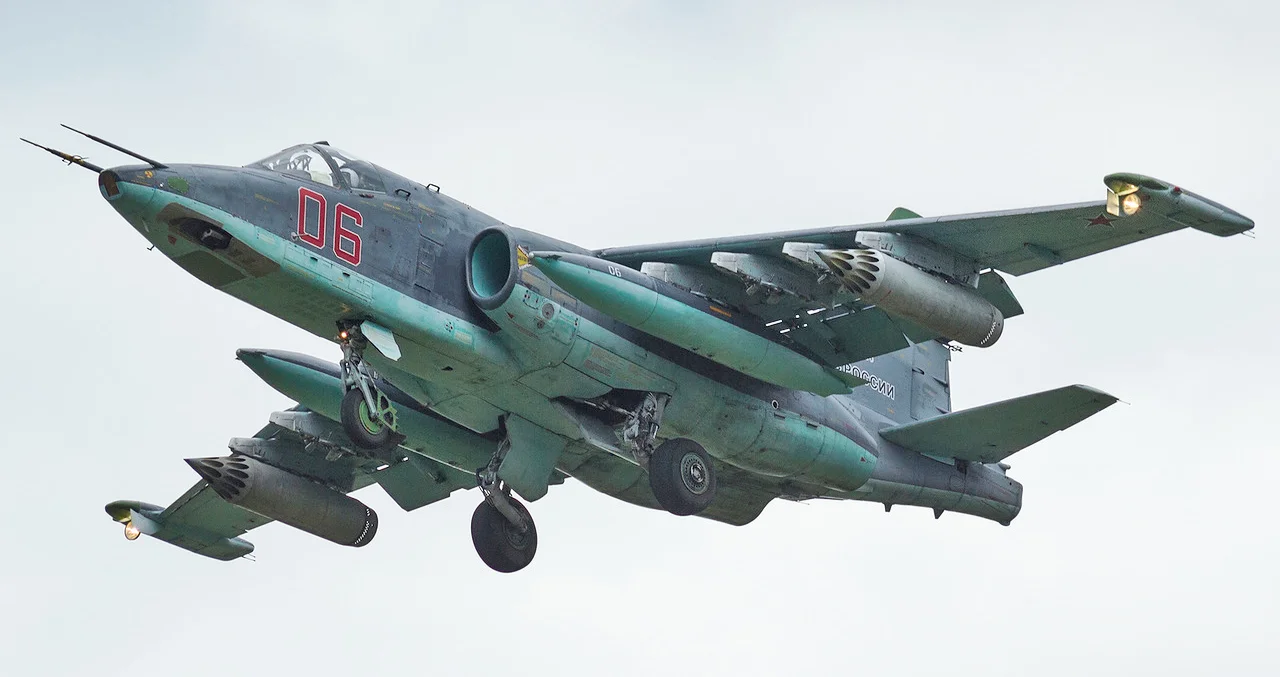As one of the world’s most potent tools of military vigilance and rapid response, the Quick Reaction Alert (QRA) is an integral part of modern defence strategies globally.
These QRA protocols form a cornerstone of national security, representing an advanced readiness strategy used to counteract any sudden or unanticipated threats.
This article aims to demystify the concept of QRA, elucidate how it works, and examine its vital role in maintaining the security and safety of nations.
What is Quick Reaction Alert?
Quick Reaction Alert, or QRA, is a state of readiness and responsiveness maintained by air forces and other military bodies worldwide to deter, detect, and counter threats promptly.
Read More: Curtiss SC Seahawk – Eyes and Ears of the Navy’s Reconnaissance
These threats can range from unidentified aircraft entering a nation’s airspace to potential terrorist attacks or escalating military incidents. Essentially, QRA involves having aircraft (usually fighter jets) and their pilots on standby, ready to take off at a moment’s notice, 24 hours a day, 365 days a year.
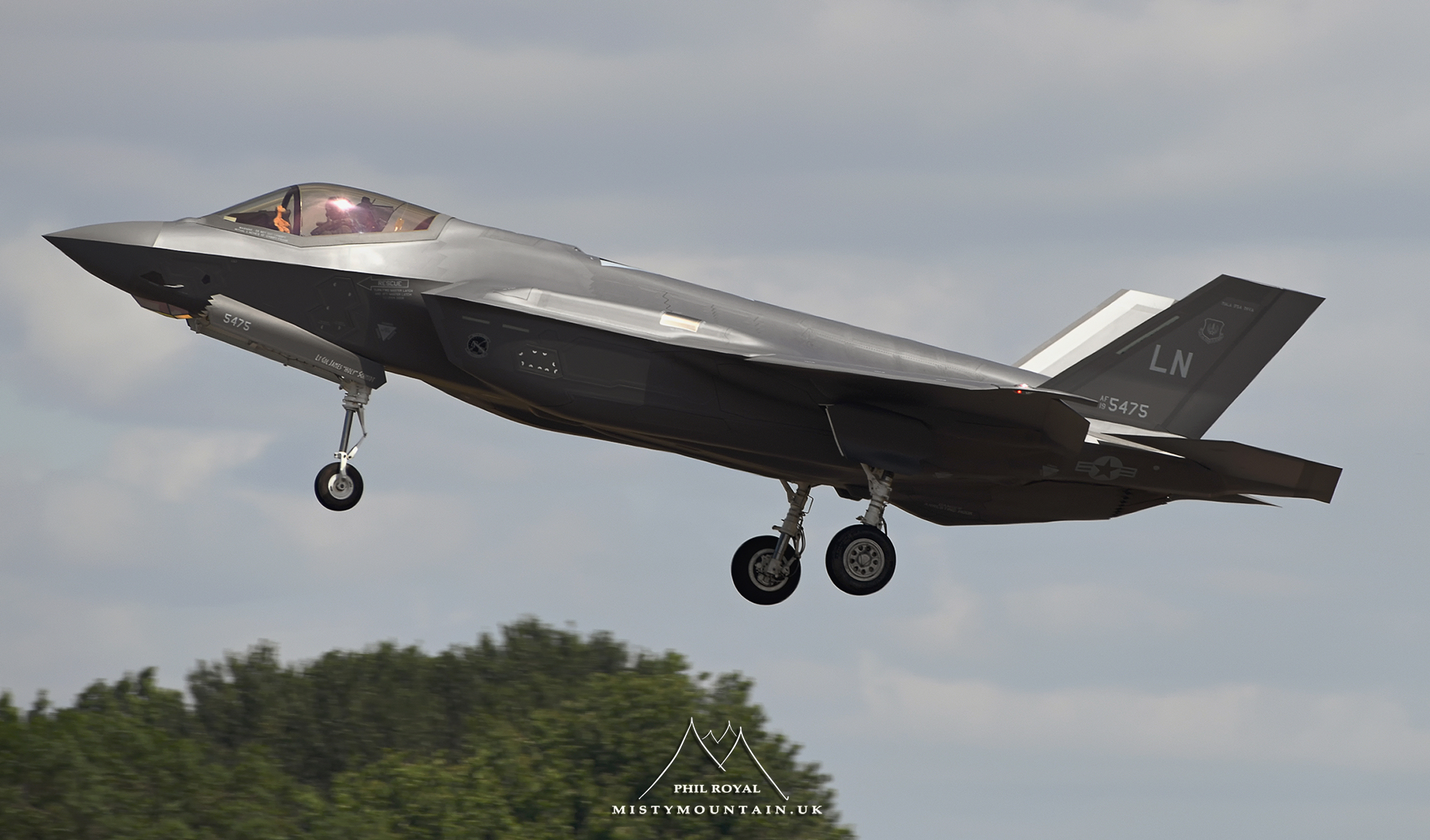
QRA aircraft and their crew remain on constant alert, prepared to react swiftly to situations that require immediate response.
The term “scramble” is commonly used when these aircraft are hastily dispatched in response to a threat.
How Does Quick Reaction Alert Work?
QRA operations are typically centralized, relying on a network of radar systems, communication networks, and air traffic control facilities to monitor airspace and identify potential threats.
If an unknown, suspicious, or hostile aircraft is detected, the process to launch a QRA mission begins.
On receiving the alert, pilots race to their ready-to-launch aircraft, equipped with the necessary armament and fuel to deal with a broad spectrum of potential threats.
The time from the initial alert to takeoff is impressively brief, often just a matter of minutes.

These aircraft are then guided towards the unknown aircraft under the direction of air traffic controllers or command and control systems, ready to implement various strategies from visual identification to forceful intervention if required.
Quick Reaction Alert in Practice
Several well-known QRA incidents have occurred in recent history. During the Cold War, QRAs were frequently enacted as a counter-response to Soviet long-range bomber incursions.
Read More: Kawasaki C-2 – Japan’s Answer to Modern Airlift Needs
Even today, countries such as the United Kingdom and the United States regularly scramble jets in response to Russian military aircraft (often the Tu-95) nearing their airspace.
The Tu-95 is capable of delivering nuclear and conventional weapons.
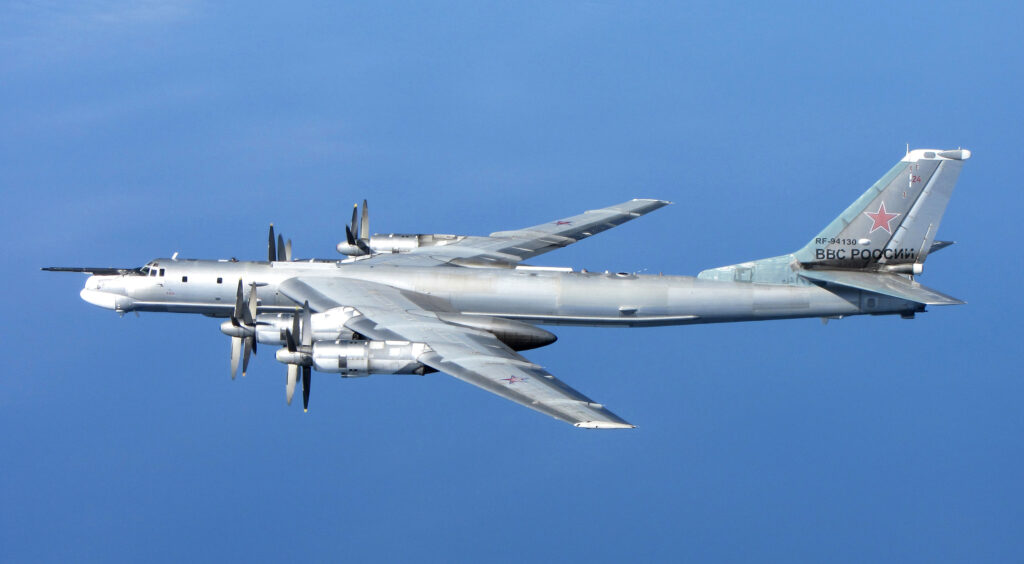
It is particularly known for its distinctive contra-rotating propellers and its impressive range, making it one of the few aircraft capable of reaching any location in the world without refuelling.
Over the years, several variants of the Tu-95 have been created, fulfilling roles like maritime patrol, reconnaissance, and airborne command posts.
It has been a critical part of Russia’s strategic bomber force and played a prominent role in several international incidents, often prompting Quick Reaction Alert scrambles when it approached the airspace of other nations.
For example, the Royal Air Force (RAF) in the United Kingdom maintains QRA protocols at RAF Coningsby in Lincolnshire and RAF Lossiemouth in Moray.
Their Typhoon jets are ready to take off within minutes, protecting UK airspace from any potential threats.
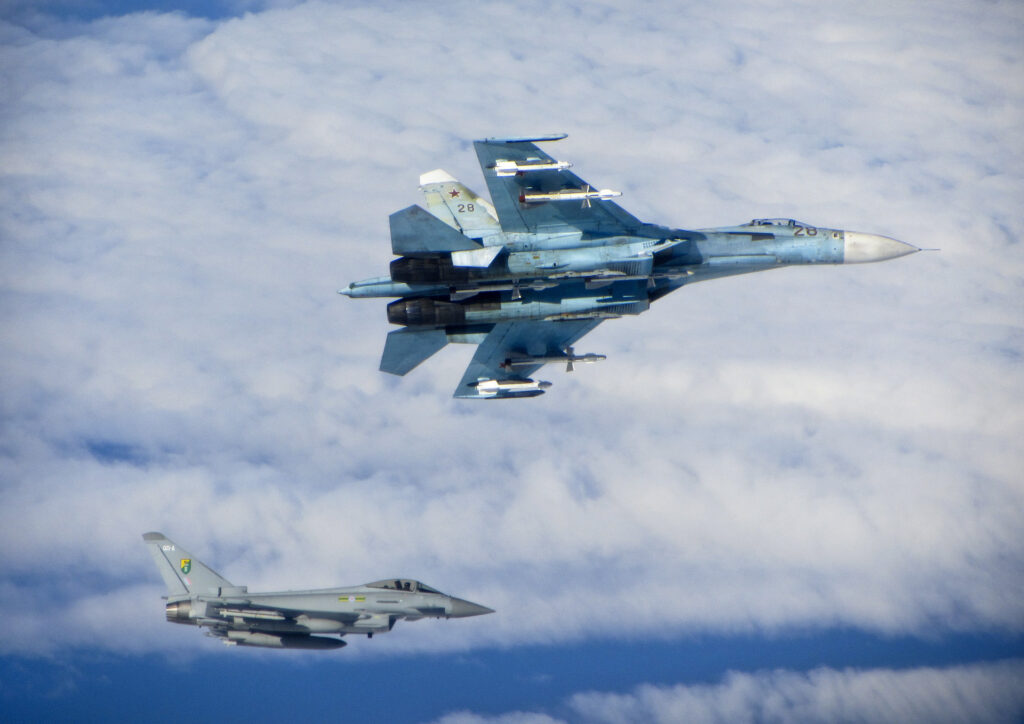
Similar systems are also maintained by NATO allies across Europe and North America, providing a rapid response capability to protect their territories and maintain collective security.
Significance of Quick Reaction Alert
The relevance of QRA is underscored by the unpredictability and rapidly evolving nature of modern global threats.
As geopolitical tensions rise or conflicts erupt, QRAs offer a critical security net to intercept and neutralize threats promptly.
Read More: Boeing YB-9 – A Precursor to Modern Bombers
They also serve as a powerful deterrent, signalling to potential adversaries the readiness and swift response capabilities of a nation’s defence.
In conclusion, Quick Reaction Alert serves as a sentinel, vigilantly safeguarding national airspace and security. It is a crucial military process embodying the preparedness and agility of modern defence systems.
While the hope is to never need such drastic responses, in a world of unpredictable threats, QRA stands ready as a robust shield and a vivid testament to a nations’ ongoing commitment to preserving peace and security.
If you like this article, then please follow us on Facebook and Instagram.

